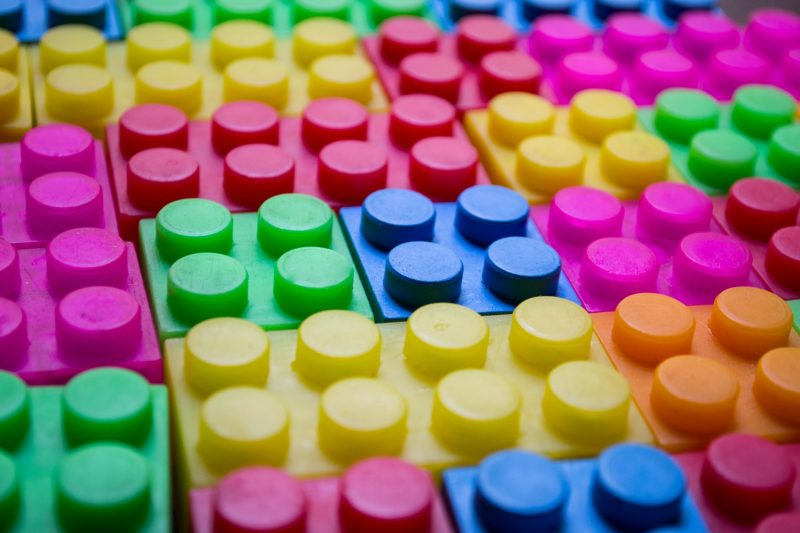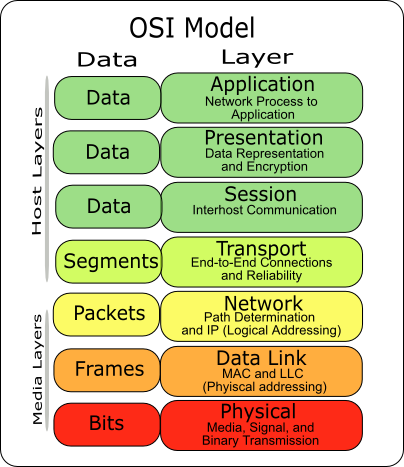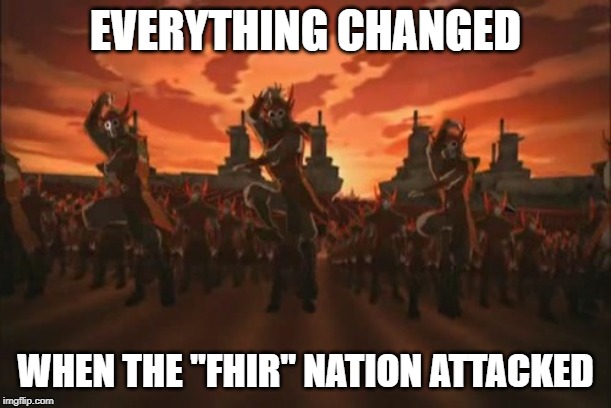
The building blocks of being a health informatician – part 3 of 3 (Course review)
In this third part of the review, I will tell you about when we studied standardization in healthcare. To simplify, we can imagine it this way, when we are using our bank card no matter from what bank, whether in ATM or when purchasing something, we never worry if the card would fit to the card slot or not. Why? Because every card has the same dimension, because they are all standardized. Things could be different when we are speaking about medical information. Could the data from one device, one clinic, or one hospital, be transferred and used by another device, clinic, or hospital? Using the same paradigm as the bank card, the answer is yes if the information is standardized. And that’s what I was studying in the course of Standardization in health informatics.
Sometimes, the reality exceeds your expectation and so does the reality in standardization in health informatics. Rather than one, we encounter several methods of standardization. Even there is no standardization in standardizing the medical information, at least for now. So, let’s break them down one by one.
HL7
In the soccer world we have CR7 and in the movie world there was CJ7. Not mean to confuse you more, here in health informatics world we have HL7. (What is it with this 7 number???)
HL7 is the abbreviation of Health Level 7, points to the seventh level, which is the application level, in the Open System Interconnection (OSI) model (1). It’s emphasizing on establishing a framework and standards for electronic health information exchange and sharing (1). During the course, we learned how to code and develop a model for data exchange based on multiple simulation cases.

FHIR (Fast Healthcare Interoperability Resources)
Before you start to argue over how to pronounce it, you read FHIR as “fire”.
As with a folklore saying, everything changed when the Fire nation attacked. However, in our case it would be every healthcare information can be exchanged when the FHIR is applied. Using FHIR, we learned to build sets of resources from the resource references to model various use cases (2). In that way, we would model them the common way as others thus the information will be structured and thus exchanged easily.

OpenEHR
Again, with a wordplay, so we would pronounce it as “open air”. This part was when we learned more on how to construct an electronic health record structure which will allow data exchange and interoperability that is vendor-neutral (3).

As a student with medical background and experience of managerial role in the medical record field, personally, I prefer this standard. By using this I can drag and drop when constructing the record and then immediately view the visual structure of the record. However, this is only my personal preferences. Any type of standardisations in health informatics has its own superiority and drawback.
Aside from those standards, we received training (and exam, of course!) about GDL. It is one of the languages utilized for developing a clinical decision support system.
Before, some of us, including me, used to work behind a clinician desk, and then we practiced on working behind another type of desk, which is the health informatician desk.
Have you learned or used any of the standardizations before? Which one in you favourite? Tell me more in the comment section below.
References
- Health Level Seven International. About HL7 [Internet]. USA: Health Level Seven International; 2019 [cited 2019 June 11]. Available from: https://www.hl7.org/about/index.cfm?ref=nav
- Health Level Seven International. FHIR overview [Internet]. USA: Health Level Seven International; 2018 [cited 2019 June 12]. Available from: https://www.hl7.org/fhir/overview.html
- openEHR Foundation. What is openEHR? [Internet]. UK: openEHR Foundation; 2019 [cited 2019 June 13]. Available from: https://www.openehr.org/about/what_is_openehr
Contact:
LinkedIn: Winner Ng
email: winner.ng@stud.ki.se

0 comments